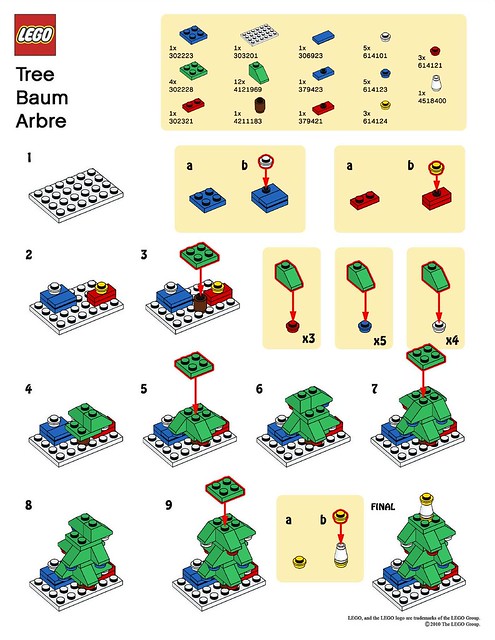Thanatos99
Member
Hey guys. My job as an electronics assembler lets me buy LEDs and LED drivers very cheaply, So I'd like to build my own custom LED.
I've done a ton of research into LEDs and my science background gives me a good grasp of wavelengths and PAR.
I'm planning 2 different lights. One is for a small cloning chamber. It is going to be the ceiling for a 2x2x2 box. It will be complemented by 2 small t8 grow lights on each side, so getting every wavelength perfect is not as important for this one. I'm putting 16 3.3 watt LEDs on a 2x2 foot area, it will come out to a little under 50 watts of light, plus 25 watts of t8 grow bulbs.
My questions are these: Will this be enough light for a seedling/cloning chamber? What colors/wavelengths should I be getting? For simplicities sake, I'm thinking of going with 8 reds and 8 blues, as the t8's will fill in the rest hopefully, if not then 8 reds, 4 blues, and 4 cool/warm whites.
The second light I'm going to be building will be the strongest flowering LED I can build, with some UVB LEDs as well as a low power and high power mode. Ratio of LEDs for this/color spectrums? This one needs to be a full spectrum light.
I've done a ton of research into LEDs and my science background gives me a good grasp of wavelengths and PAR.
I'm planning 2 different lights. One is for a small cloning chamber. It is going to be the ceiling for a 2x2x2 box. It will be complemented by 2 small t8 grow lights on each side, so getting every wavelength perfect is not as important for this one. I'm putting 16 3.3 watt LEDs on a 2x2 foot area, it will come out to a little under 50 watts of light, plus 25 watts of t8 grow bulbs.
My questions are these: Will this be enough light for a seedling/cloning chamber? What colors/wavelengths should I be getting? For simplicities sake, I'm thinking of going with 8 reds and 8 blues, as the t8's will fill in the rest hopefully, if not then 8 reds, 4 blues, and 4 cool/warm whites.
The second light I'm going to be building will be the strongest flowering LED I can build, with some UVB LEDs as well as a low power and high power mode. Ratio of LEDs for this/color spectrums? This one needs to be a full spectrum light.





